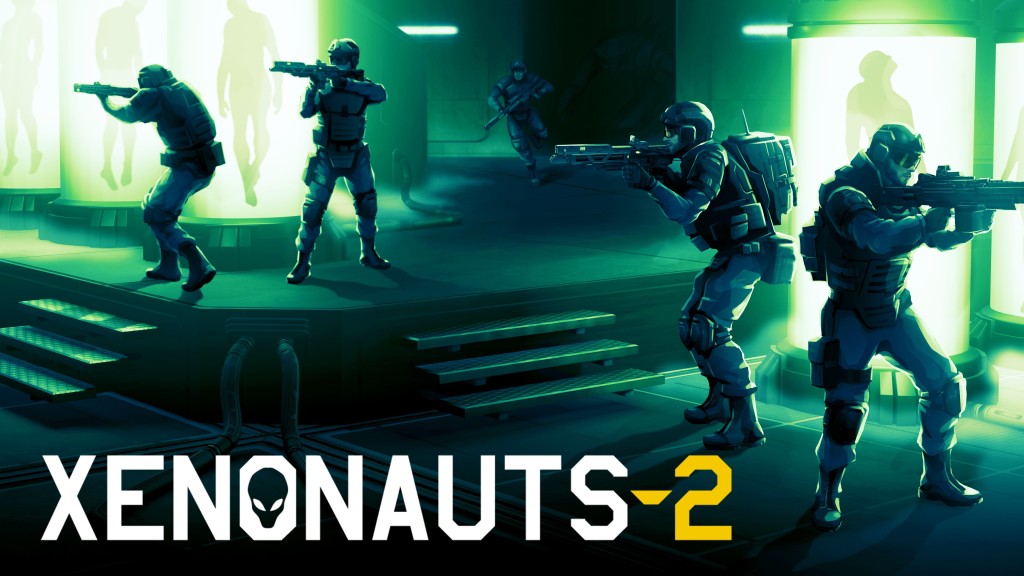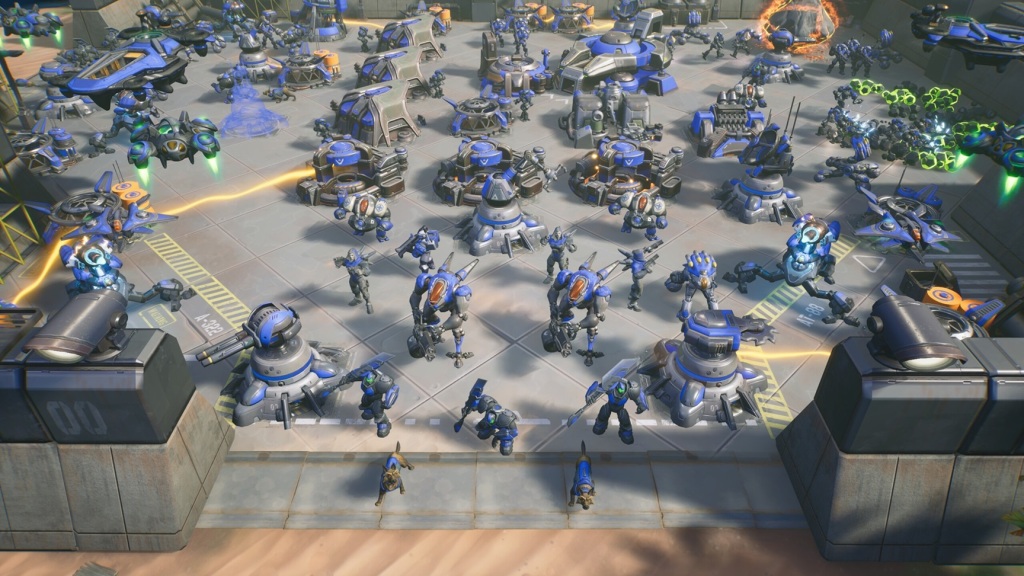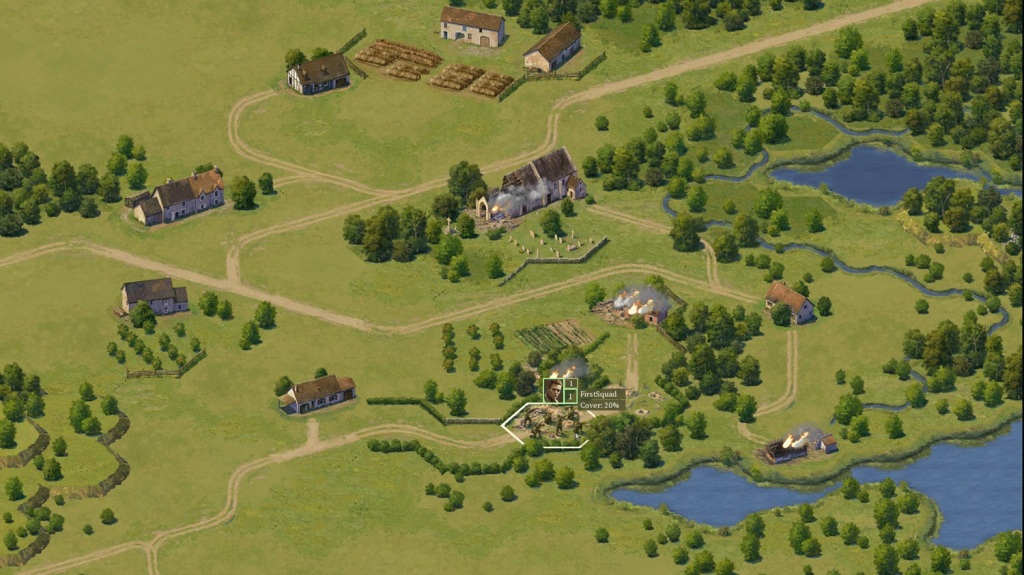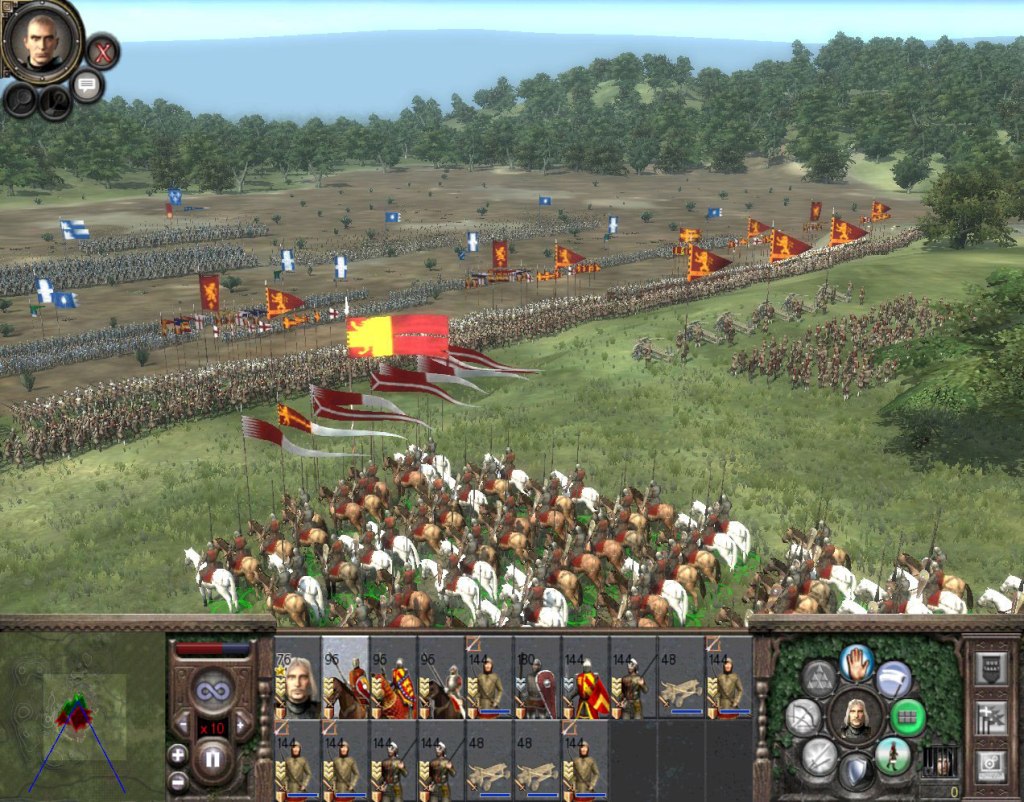In the realm of turn-based strategy games, 2014 Xenonauts stands tall as the spirited successor to the legendary original X-COM: UFO Defense. With its captivating blend of nostalgic charm and modern gameplay mechanics, this earth-defending underrated title transports you into a cold-war-era world teetering on the precipice of an extraterrestrial invasion. Now, almost a decade has passed and Goldhawk Interactive has released their sequel into Steam’s Early Access. Was it worth the wait? I can certainly say it was.
You see, the first Xnauts never really captured my attention, for some reason, after getting used to 2011’s XCOM: Enemy Unknown, letting go of everything that made it so special and fun was almost non-sensical to me. Every time I booted up Xnauts I found myself wondering: why not play XCOM? That sentiment persisted until I forgot that Xenonauts even existed. My main concern when booting up Xenonauts 2 was that the sentiment might stay the same. Fortunately, I was enamored with the game. So enamored that going back to play to point out key differences between both games ended up with yours truly having to manage 2 campaigns at the same time, one in each entry.
Let’s get some things out of the way first: Xenonauts 2 isn’t a revolutionary new entry. It doesn’t try to redefine the genre. Heck, it doesn’t even try to redefine the franchise. What it is instead, is an iterative effort to improve on the first entry, all the while changing the setting, armament, and enemies. In essence, that’s what 2014s Xenonauts tried to do to the original XCOM, so it kind of makes sense that there aren’t any revolutionary new features and wild changes here. Usually, you’ll see me complaining about the lack of innovation, but in this case, it feels very much deliberate, and the game is better off because of it. Xenonauts veteran enjoyers need not waste their time: if you’re a fan of the original, you’ll be a fan of this one too. Everyone else, keep reading.
Xenonauts 2 takes the cold war into the new millennium. It’s now 2009 and the Berlin Wall is still a thing, but humanity’s greatest struggle is lurking around wheat fields and making surprise appearances on History Channel documentaries. That’s where you come in. As the commander of a multinational military organization tasked with smiting otherworldly invaders, you’ll be responsible for making the correct strategic decisions and leading your troops in battle.
Unlike other games of the genre, the strategic aspect of Xenonauts 2 is as much in-depth, if not more so, than the tactical battles. You’re not limited to a single base, instead, several bases must be maintained throughout the globe, since aircraft are limited by their fuel capacity, so early on you’ll be mostly fighting locally until an opportunity for expansion presents itself. Each base can be custom-built to fit a specific need, and managed to meticulous detail: need more recruits? Build more barracks. There’s a nearby base with enough reach to protect its airspace? Don’t waste money building more hangars than you need to. Are you preparing a massive offensive on a base? Transfer your best soldiers to be near the action.
Research is still very much the same affair: interrogate aliens, study their materials, evolve existing weapons, and develop new technology. To build new weapons and materials each base has its own team of engineers that create only builds for their specific base. When trying to attack a Cleaner base (human enemies), there was no way to transfer weapons and equipment from one base to another. At first, I tried to equip some soldiers with three rifles each to see if they could act as carriers for the material but even then, it didn’t transfer. In fact, the game just removed all materials from their inventory. This was probably my most frustrating experience so far with the game because it substantially delayed my attack on the enemy base while new weapons were being built. It just doesn’t make a lot of sense.
The whole troop management affair is rather cool and in-depth, with soldiers having several game-changing stats (like time units, health points, accuracy, and a lot more), to take into account when building task forces. Every soldier can be equipped with whatever weapon, however, it would be wise to specialize. Need a sniper? Better equip it on the soldier that has an accuracy stat of 60, instead of 40. It’s a rather liberating system, meaning that you’ll never have too much of anything, and in case of an emergency, even if the squad’s most experienced grenadier is too wounded to fight, just swap him for a recruit and equip him with the grenade launcher. It won’t be the same, but it’s a better alternative to not having one. Aside from each soldier’s main weapon, they also have their own inventory to carry a plethora of equipment if need be: extra protection plates, more grenades, range finders, medkits, tasers, and a whole arsenal of stuff to pick from. Since we’re no longer in the 70s, there’s the possibility of fielding modular autonomous combat platforms alongside soldiers of flesh and bone. These combat platforms are rather unique, and not prohibitively expensive, and make a lot more sense to include them, the further in the campaign you go. They can scout for your team, can take a lot more punishment, and carry quite a diverse inventory of weaponry to deal with multiple threats if need be. All this, while your operatives wait safely behind cover.
This takes us to the other half of the game: the tactical combat. Even before boots can disembark from their helis, as a commander you’ll have to scramble your jets (yes, those can be upgraded, and weapon load-outs can be customized) to investigate, track and engage potential UFOs. Battles can be fought in real-time, but the best tactic here is to not have dog-fighting aces, but instead swarm the technologically advanced foes with a whole squadron. There’s no chivalry at play.
After downing an enemy, you can either dispatch a ground team or let the local authorities deal with the stragglers. Choose to engage, and you’ll be met with what’s probably the biggest change in Xenonauts 2: a fully 3D combat map. The perspective is still isometric, and there’s no complete freedom in rotation and zoom (even though it should be). Overall, the tactical aspect looks substantially better than the original Xenonauts. The highly detailed environments and meticulously designed alien creatures bring the battlefield to life. However, the game still retains the same familiar feeling of the original, with the art style being pretty much the same, to the point I wouldn’t blame anyone that couldn’t tell the differences at a glance. The combat is pretty much classic XCOM/Xenonauts: units have some specific time units they can use, each action they take detracts from that pool, and once it reaches zero, they’ll stay put and pass the ball. Several different kinds of cover units can hide behind, almost everything can be destroyed, and akin to its inspiration, caution is the name of the game. Aliens move the unseen, fire from outside the player’s field of view, and these slimey invaders can be tough nuts to crack, especially when a new variant takes its first steps on the battlefield, and you have no idea what it does. Be sure to always have some explosives. Just in case. Scients can get their information and research advancements by scrapping alien goo from the floor if you ask me. I do believe a lot of the fun is encountering new specifies for the first time and concocting a solution to deal with its kit, so I won’t spoil that for you. But I’ll tell you that some enemies are quite different from the first Xenonauts, and combat isn’t an easy and victimless affair. Your soldiers will die, a lot. Most of the time, their deaths will come in the form of alien death rays, mauled to death, or plasma rifle shots. But it might also come from the most inconspicuous of ways: such as a friendly grenade toss gone wrong, or a lost bullet that missed its intended target.
Similar to squad management, the options available to tactical battles also feel extremely liberating, almost sandbox-like. There’s no perfect tactic, no flawless approach. And the amount of RNG in every shot taken will make sure of that. In the end, every battle comes down to an effort of minimizing risks at every turn. A gung-ho attitude will get squads wiped clean. When you think about it, it’s a rather grim affair: there are no heroes. Some survive the missions and those that don’t.
But the best improvement of Xenonauts 2, by far, is the changes done to the user interface, and the controls. Everything feels a lot more refined and intuitive. Because of that, the game is a lot smoother to interact with. Take a simple example of using medkits. In Xenonauts 2 all you have to do is simply click on the medkit and the soldier you wish to use it on. For the first Xenonauts, you had to walk near the soldier, select the medkit from the inventory, and click on the affected soldier. Research now provides you with proper detailed information of how long it will last, instead of a vague “it’s going well”. There’s also a move-and-shoot preview that lets you see the hit percentage from a specific location. Everything is a lot easier to interact with, and that must be commended. Xenonauts 2 manages to streamline the features appropriately, and not skimping on the in-depth strategy that made it popular in the first place.
Despite all these praises, they are not without reservations, however. Even with everything the game has done to streamline the gameplay and the original Xenonauts quirks, it’s still very much a game for a more serious audience, and it might lack the general appeal of other similar titles. Starting with the graphics, while I enjoy quite a lot the game’s art style, and there’s a lot of detail on the props and aliens, there’s no denying Xenonauts 2 lags behind the graphical curve of today’s gaming landscape. The battles could feel a lot more dynamic if sound and graphical effects were used in a more cinematic way. Put that 3D engine to good use! The existing tutorial is very barebones and it doesn’t do enough to ease new players into the game, even less so if it’s their first game in the genre. There are some glaring omissions, such as no introduction to the base building? Why? I might have missed it, but I played the tutorial 3 times and it never showed up.
My fear that Xenonauts 2 was going to suffer from the fact that it isn’t XCOM 2011 was quickly dismantled, but I don’t think that fear was unfounded, as every other game games immediately compared to it. Phoenix Point was a decent game (minus the performance issues), and it never garnered much sympathy from its audience. Gears Tactics is fantastic fun, and rather innovative, but it’s now burrowed deep amongst Locust. Even games from the 2K Studios suffer from not being XCOM. Chimera Squad is a phenomenal game with the best story in the series by a light-year, set after the invasion took place, and humans and aliens have to learn how to live with one another, and despite that, Steam reviews hover between mostly positive or mixed. Marvel: Midnight Suns, one of my favorite games of all time was a commercial flop because, instead of opting for the more classic turn-based gameplay, it implemented an (excellent) card system.
Xenonauts 2 might only be halfway through, but I can confidently recommend it. With the existence of Xenonauts 2, there’s almost no reason to return to the first Xenonauts, unless for nostalgia or the setting. I’ll keep on playing it during its 9 month-stay in Early Access. I’ll gladly present it with a 4-star review, with another one to go, to be awarded if the final product ultimately delivers on its promise and potential. Xenonauts 2 presents an unmissable opportunity for both series veterans and newcomers to lead humanity’s charge against the extraterrestrial menace. Xenonauts 2 is shaping up to become a triumphant evolution of a classic.
Xenonauts 2 is available in early access for PC via Steam, GOG, and the Epic Games Store for a base price of $39.99 / £34.99 / €39.99
Follow Strategy and Wargaming Socials
Strategy and Wargaming needs you to follow its socials. Are we the best strategy gaming website around? I would say so. Heck, what other options do you have? The Wargamer? Please.
So why not give us a follow on the cesspool that is Twitter, or join the 1000 other geriatric patients on Facebook? Or subscribe down below? Or maybe do everything? I don’t care, I’m not your grandmother.
If you enjoyed the article buy me a coffee!
I’ve been running Strategy and Wargaming at my own expense since 2017, with only the ad revenue to cover the hosting, with everything else being done by me. So, if you’re an avid reader, you can afford it, and want to support the website, please consider Buying Me a Coffee by clicking this link, for as low as one euro! If you do, just know that you’re helping out a lot and contributing so that Strategy and Wargaming can continue growing!











Leave a comment